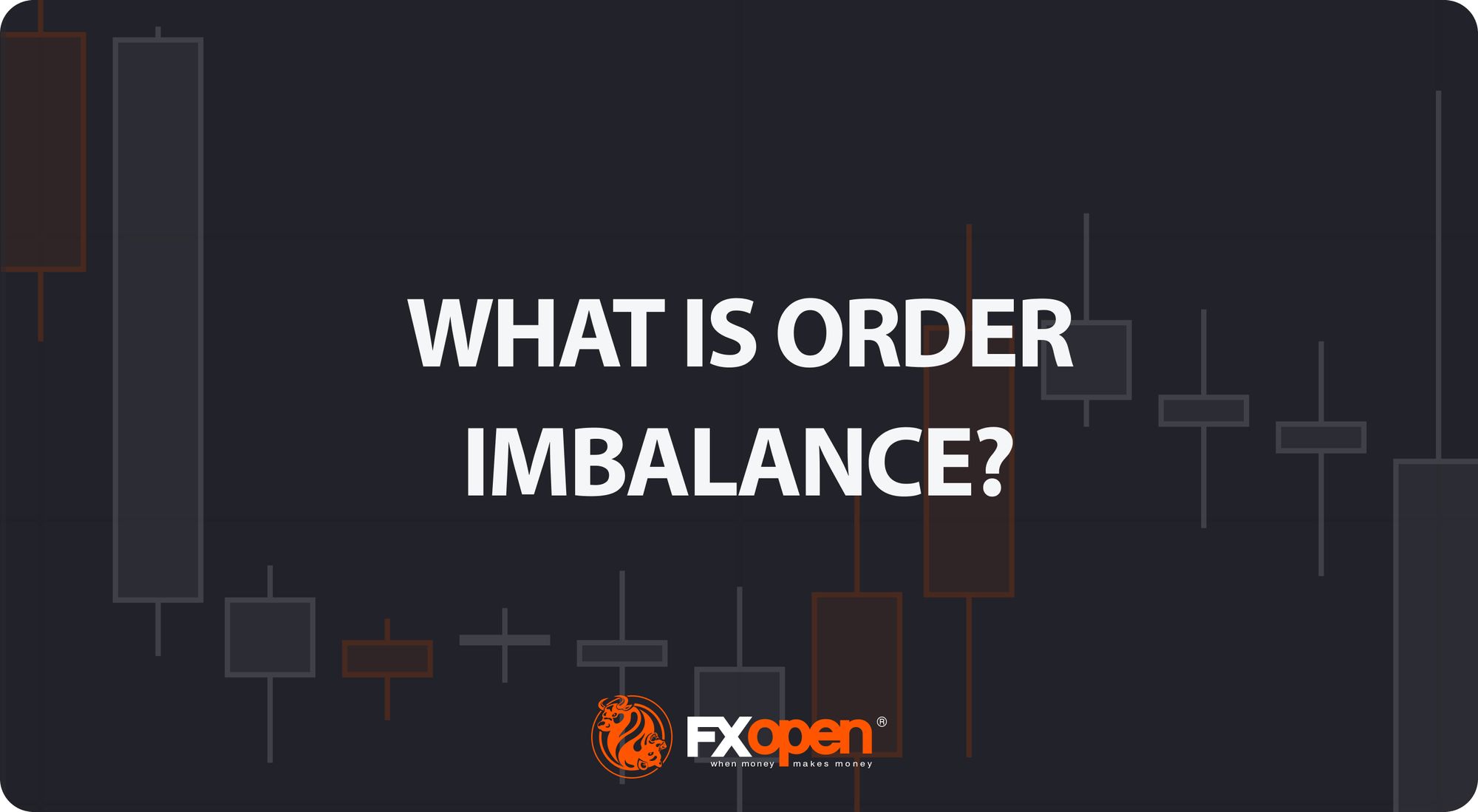FXOpen
The Australian Dollar (AUD) inched lower against the US Dollar (USD) on Wednesday, decreasing the price of AUDUSD to less than 0.7550 ahead of the US interest rate decision news. The technical bias shall remain bearish because of a lower high in the recent upside rally.
Technical Analysis
As of this writing, the pair is being traded around 0.7507. A support can be noted around 0.7500, the psychological number ahead of 0.7491, a short-term horizontal support level and then 0.7466, the lower trendline as demonstrated with black color in the given below chart.

On the upside, a hurdle can be noted near 0.7527, the 23.6% fib level ahead of 0.7543, the upper trendline resistance level and then 0.7600, the psychological number. A break and hourly closing above the 0.7600 resistance shall incite renewed buying interest, validating a move towards the 0.7667 resistance zone. The technical bias shall remain bearish as long as the 0.7600 resistance area is intact.
How AUDUSD Reacted on Fed Rate Decisions in Past?
The AUDUSD pair fell broadly after the release of last monetary policy as the Federal Reserve Bank increased its benchmark interest rate from 0.8% to 1.0%, although it was in line with the average forecast of economists.
The pair, however, didn’t show any noticeable movement after the release of February’s monetary policy of the Federal Reserve as the central bank kept its benchmark interest rate unchanged in line with the average forecast of economists.
Trade Idea
Selling the pair around current levels may be a good strategy if the central bank increases the cash rate unexpectedly and vice versa.
What Assets to Trade
In addition to AUD/USD, trading USDCAD, USDCHF, USDJPY and EURUSD can be a good strategy as the aforementioned pairs are highly reactive to the Fed monetary policy announcements.
Trade over 50 forex markets 24 hours a day with FXOpen. Take advantage of low commissions, deep liquidity, and spreads from 0.0 pips. Open your FXOpen account now or learn more about trading forex with FXOpen.
This article represents the opinion of the Companies operating under the FXOpen brand only. It is not to be construed as an offer, solicitation, or recommendation with respect to products and services provided by the Companies operating under the FXOpen brand, nor is it to be considered financial advice.





